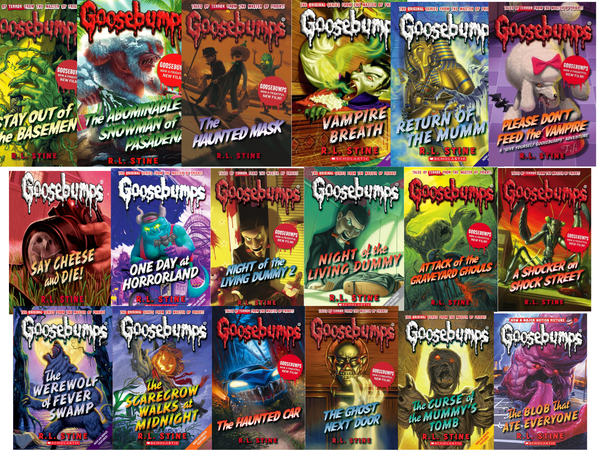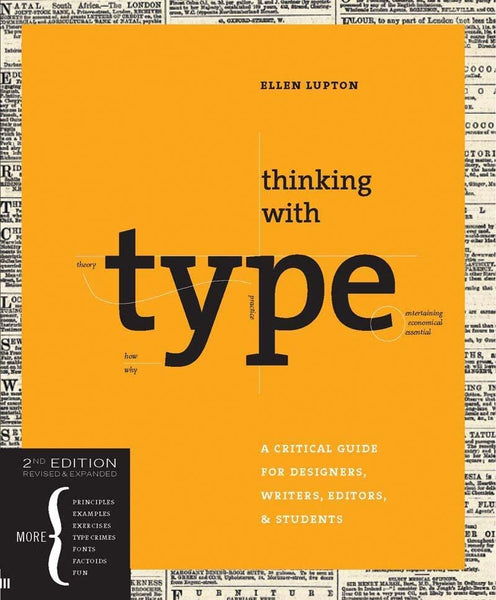Frankenstein in Baghdad: A Novel by Ahmed Saadawi (Author)
- Publisher: ENGLISH GENERAL BOOKS
- Availability: In Stock
- SKU: 54219
- Number of Pages: 288
Rs.595.00
Rs.790.00
Tags: Ahmed Saadawi , Arabic Fiction , Arabic Language Novel , Arabic Novels , Baghdad Literature , Baghdad Novel , best books , Best Price , Best Selling Books , Contemporary Iraqi Literature , Contemporary Novel , Fiction on War and Identity , Frankenstein in Baghdad , Frankenstein in Baghdad Novel , Iraqi Fiction , Iraqi Literature , Iraqi War Novels , Literary Fiction , Literary Works in Arabic , Literature from Iraq , Literature on Conflict , Middle Eastern Authors , Middle Eastern Fiction , Modern Arabic Literature , Modern Middle Eastern Writers , Novel on War , ONLINE BOOKS , Online Bookshop , Post-War Literature , Saadawi Novel , War Novels
Frankenstein in Baghdad by Ahmed Saadawi is a compelling and thought-provoking novel set in post-invasion Iraq, blending elements of horror, political satire, and social commentary. The story follows Hadi, an Iraqi scavenger living in Baghdad, who assembles a human body from the body parts of war victims. After a bomb explosion, these body parts are mysteriously brought together and animated by an unholy force, giving rise to a creature that seeks revenge on those who are responsible for the ongoing violence and turmoil. Saadawi uses this grotesque reimagining of the Frankenstein myth to explore the themes of war, identity, loss, and the consequences of conflict in modern society. The novel captures the horrors of Iraq’s violent landscape while providing a darkly humorous and poignant commentary on the human condition.
Key Points:
-
War and Violence: Explores the devastating effects of war on individuals and society, particularly in the context of post-Saddam Iraq.
-
Reimagining Frankenstein: The novel draws inspiration from Mary Shelley's Frankenstein, using the story of a reanimated body to symbolize the violence and chaos in Iraq.
-
Political Allegory: The narrative serves as a metaphor for the fragmented and wounded nature of Iraq and its people, exploring the consequences of conflict and political instability.
-
Character Development: Focuses on the complex characters, particularly Hadi, whose dark, cynical outlook on life provides a lens through which the reader views the chaos of war-torn Iraq.
-
Symbolism of the Creature: The reanimated creature, created from the body parts of victims, symbolizes the disintegration of identity and the erasure of individuality in the face of war.
-
Satirical Tone: Balances the horror elements with dark humor, providing a satirical critique of both the political environment and human nature in times of crisis.
-
Human Suffering: Through its grim narrative, the novel delves into the profound human suffering caused by war, loss, and trauma.
-
Magical Realism: The novel employs elements of magical realism, blending the supernatural with the brutal reality of war to highlight the surreal experiences of the characters.
-
Narrative Style: Saadawi uses a fragmented, multi-perspective narrative to convey the chaos and confusion of life in a city ravaged by war.
-
International Recognition: Frankenstein in Baghdad has garnered critical acclaim for its bold, unique storytelling and its ability to highlight the human cost of political violence.
Conclusion:
Frankenstein in Baghdad is a powerful and haunting exploration of the consequences of war, told through the lens of a reimagined horror classic. By blending elements of magical realism, dark humor, and political allegory, Ahmed Saadawi creates a poignant narrative that critiques the fragmentation and dehumanization caused by conflict. The novel not only offers a chilling view of life in modern Iraq but also serves as a universal commentary on the brutality of war and the resilience of the human spirit.
════ ⋆★⋆ ═══
Writer ✤ Ahmed Saadawi (Author)

























